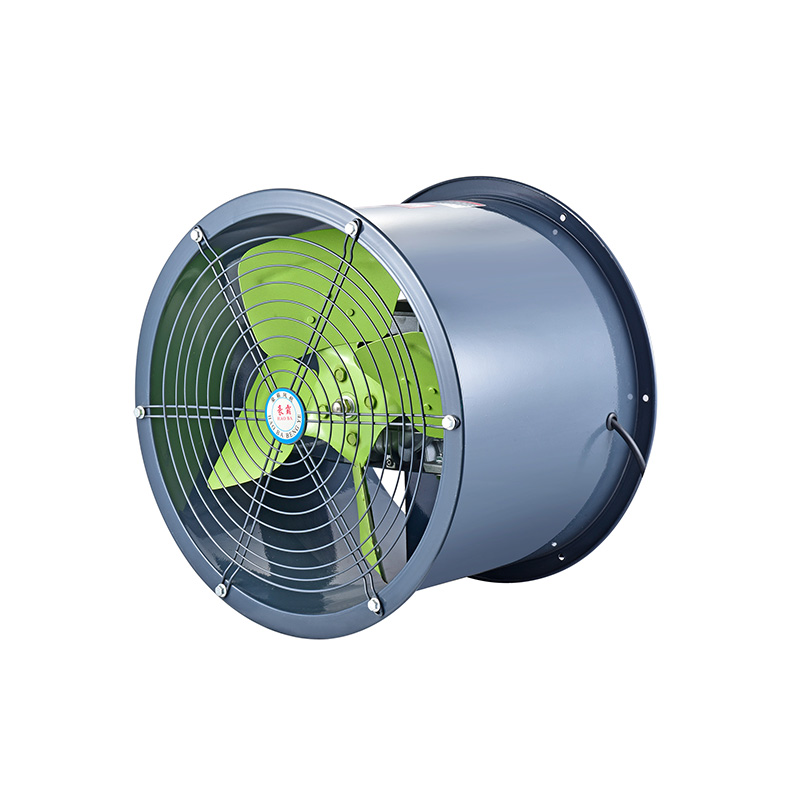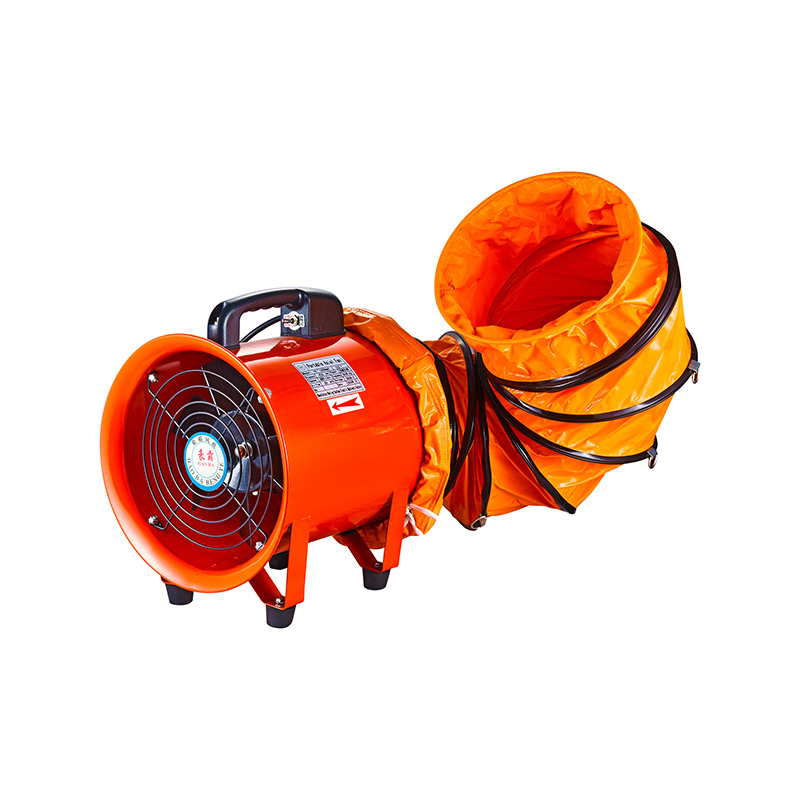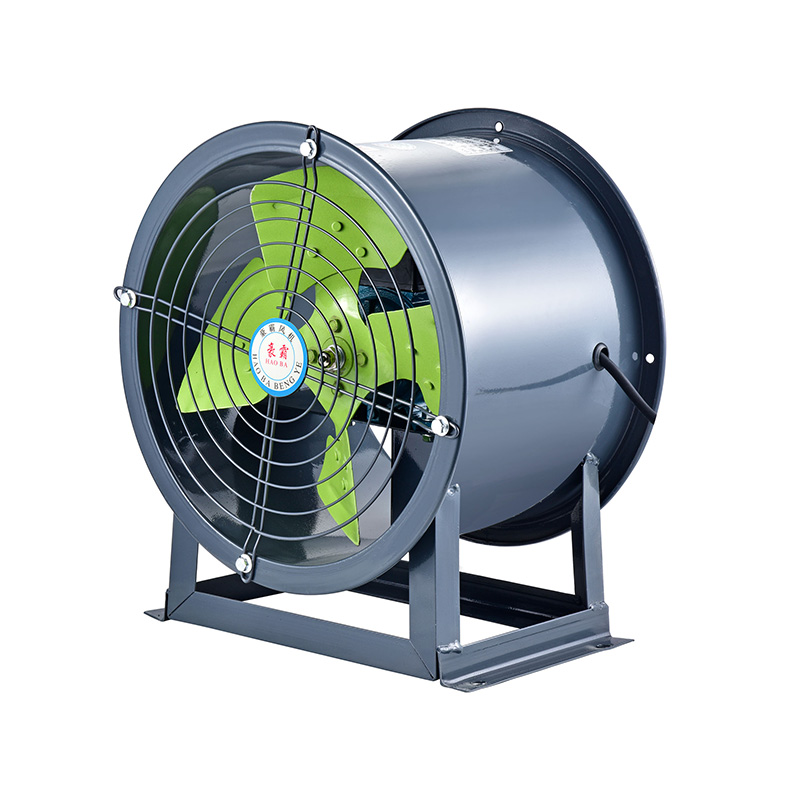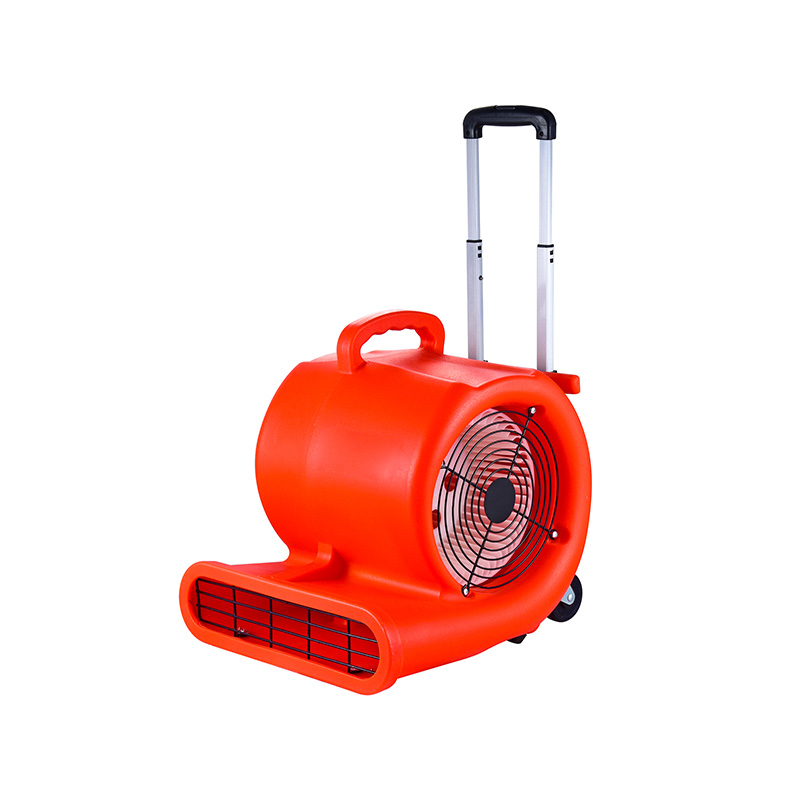Design Considerations For Explosion-Proof Industrial Fans
2025-07-08
Explosion-proof industrial fans are critical components in environments where flammable gases, vapors, or dust may be present. These specialized fans are engineered to less the risk of ignition, ensuring a safer working environment in facilities like chemical plants, oil refineries, mining operations, and grain processing centers. When selecting and designing an explosion-proof fan system, several key factors must be carefully evaluated to ensure both safety and performance.
The materials used in the construction of explosion-proof fans play a significant role in their reliability. Non-sparking materials such as aluminum, bronze, and stainless steel are commonly used for impellers and fan housings to prevent friction-induced sparks. In some environments, static electricity can also pose a hazard, so proper grounding of all components becomes essential. Especially when handling high flow blower applications in hazardous zones, the design must account for continuous operation under tough conditions without sacrificing airflow or structural integrity.
The motor design is another essential consideration. Explosion-proof fans typically feature motors housed in sealed enclosures that can contain any internal ignition and prevent it from reaching the surrounding atmosphere. These motors are classified by hazardous location ratings such as Class I, Division 1 or 2, depending on the level of risk. This classification system ensures that the fan is suitable for the specific type of flammable substance present in the workspace. For instance, a roof blower fan installed in a chemical storage facility must adhere to strict motor and electrical safety standards, particularly if mounted near gas emission points or vents.

Airflow requirements should also guide the fan selection. Whether you're working with a high flow blower in a manufacturing space or an exhaust centrifugal blower in a refinery, the volume of air that needs to be moved should match the fan’s rated capacity. Oversizing or undersizing the fan can lead to inefficiencies, excessive noise, or even dangerous pressure buildup. For roof-mounted systems, a roof blower fan must be chosen with the structural load in mind, ensuring it can withstand wind, vibration, and potential chemical exposure without compromising performance.
Ventilation system layout and ductwork compatibility are equally important. Explosion-proof fans must often be integrated into existing infrastructure, and ensuring compatibility with duct size, air pressure, and placement reduces the chances of turbulence and system stress. When dealing with exhaust centrifugal blower units in confined spaces, planners must be cautious of air recirculation and hot spots that may trap combustible gases. Using flow simulation tools can help optimize the placement and performance of high flow blower configurations in complex ventilation setups.
Maintenance access is another often-overlooked consideration. Explosion-proof fans, including roof blower fan models, must be inspected and serviced regularly to ensure continued safe operation. However, these systems are often installed in hard-to-reach areas. Designs should therefore include access points or removable panels that allow for easier inspection, cleaning, and part replacement. Additionally, explosion-proof labeling and documentation should be clearly visible for safety audits and compliance checks.
Noise and vibration control measures are also essential, particularly when installing high flow blower systems in areas near workstations or living spaces. Over time, vibration can not only damage the fan components but also increase the risk of ignition in sensitive environments. Anti-vibration mounts, balanced impellers, and precision-engineered bearings all contribute to a smoother, safer operation.
Finally, system redundancy and failure detection can significantly enhance the safety profile of any explosion-proof setup. Integrating sensors that monitor temperature, vibration, and airflow can offer early warnings of potential issues in both high flow blower and exhaust centrifugal blower installations. These alerts enable timely maintenance and reduce the risk of operational failure. In rooftop applications, a malfunctioning roof blower fan can quickly escalate into a critical hazard, particularly if it serves a space with continuous gas emissions.
In summary, designing explosion-proof industrial fans involves a multi-layered approach that balances safety, performance, and practicality. From selecting the right materials and motor enclosures to considering airflow capacity and maintenance needs, every detail matters. Whether it's a high flow blower used in a factory line, an exhaust centrifugal blower for fume extraction, or a roof blower fan ensuring vertical discharge, thoughtful design ensures both safety and efficiency in high-risk environments.

 English
English русский
русский عربى
عربى









